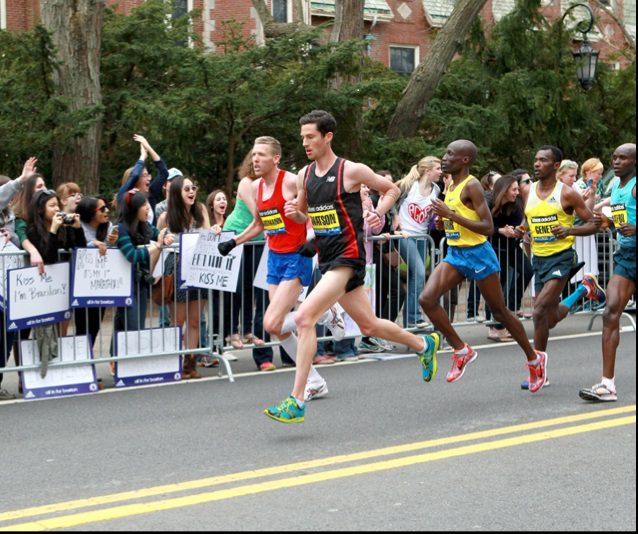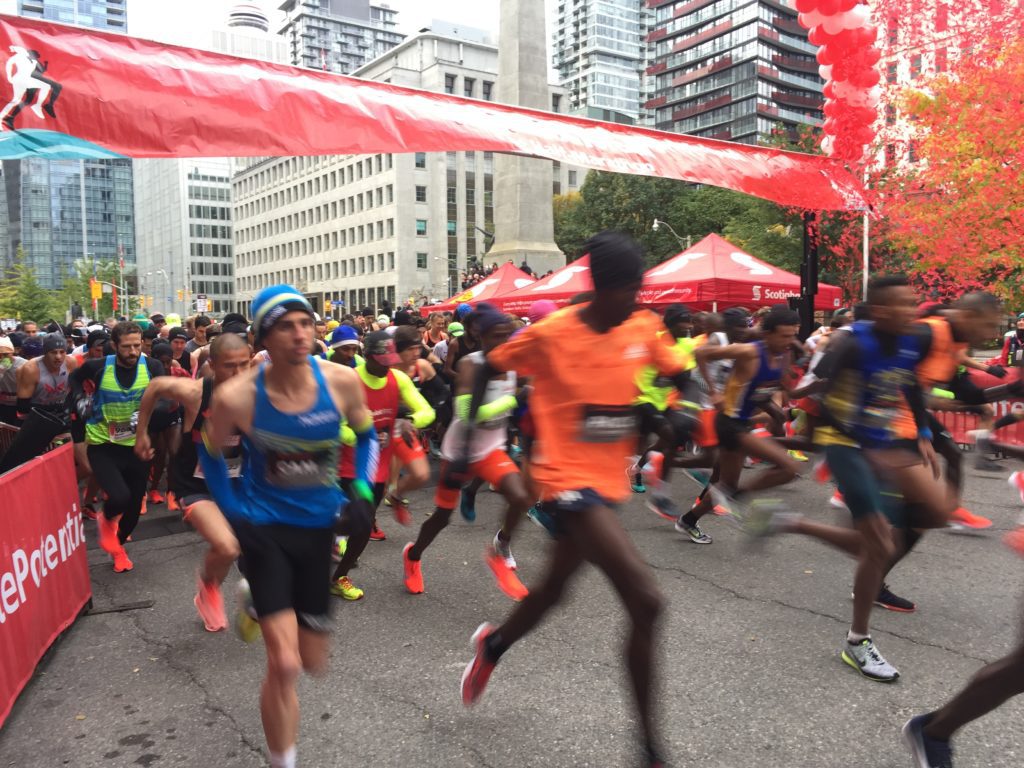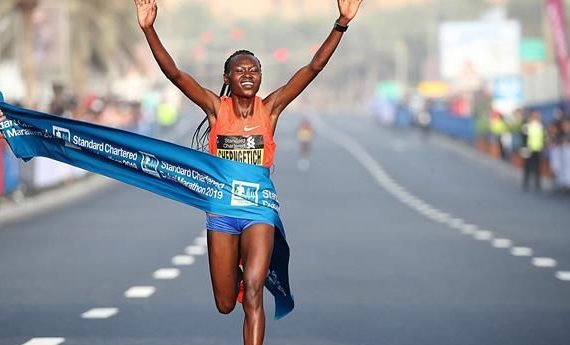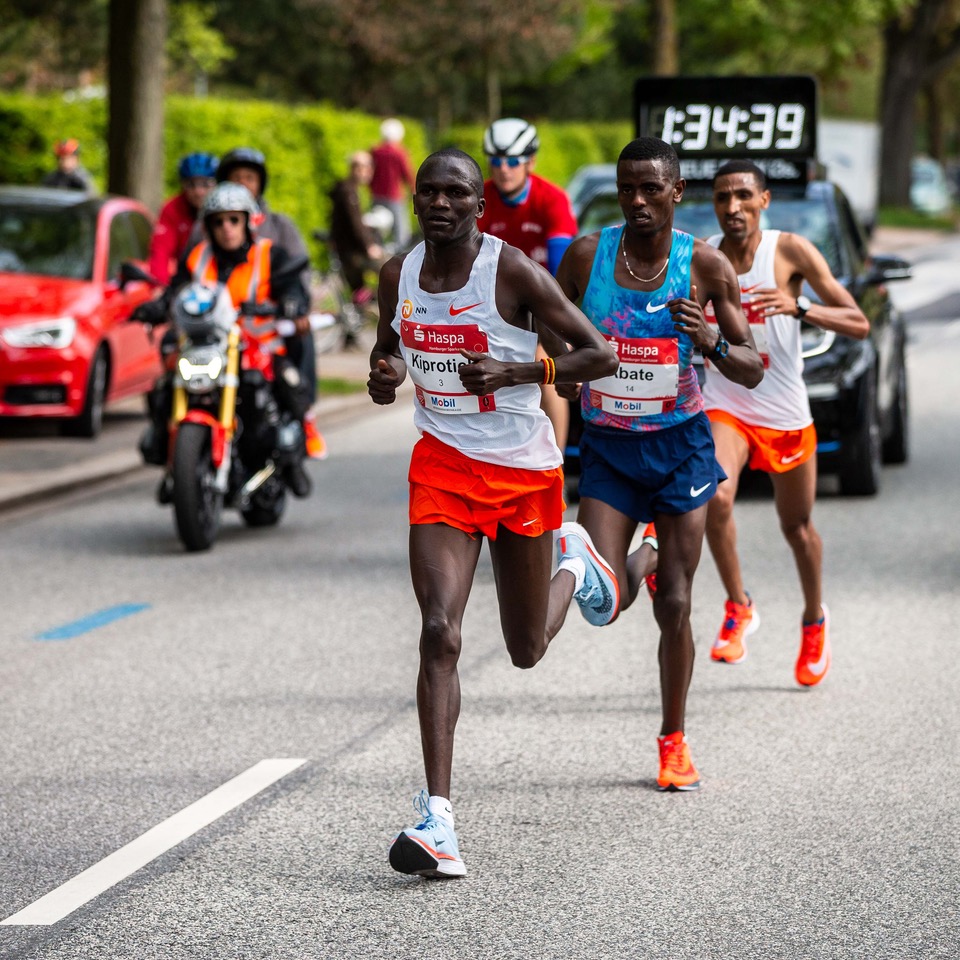The Tigger effect? Elite runners faster due to bouncing higher, study says
A new study shows that faster runners spend more time airborne, getting greater height off the ground with each step

According to a new study out of the UK’s University of Salford and published in the European Journal of Sport Science, elite runners bounce higher and spend 11 per cent more time gliding through the air (with both feet off the ground) than regular runners.
RELATED: Why running cadence is not as important as we thought

The study may seem counterintuitive to those who have always believed that bouncing up and down was a waste of valuable energy and contributed to slower paces. But ‘bounce’ may be a misnomer in this context. “The general results fit with lots of previous research,” says sports science journalist Alex Hutchinson. “Faster runners apply more force to the ground and as a result sail through the air for longer. They don’t simply “reach” farther forward with their feet.”

What’s not clear is exactly how elite runners achieve longer air time, while regular runners’ feet spend more time in contact with the ground. “It’s almost certainly not by trying to be bouncier,” says Hutchinson, who adds that strength training or hill repeats are likely a better route to faster times for ordinary runners than trying to hit the ground with more force.
What’s innovative about the study is that it compared elite and recreational runners of roughly comparable ability and examined the differences in their biomechanics at similar speeds on the track (3.3, 3.9, 4.8 and 5.6 metres per second).

RELATED: Should shorter legs take quicker strides?
“Normally such tests are done in a race, but the elite are always going faster, so you cannot compare like-for-like,” explained senior research fellow, principal author Dr. Steve Preece. “By controlling the speed, it allowed us to see exactly what the elite do differently when they run.”
Preece goes on: “We now need to understand how the elite runners can maintain this bouncy style without using extra energy. This is most likely related to their ability to store energy in their Achilles tendon with every step.”

Preece and co-authors Christopher Bramah and Duncan Mason also found that elite runners’ front legs are more flexed when they land. Recreational runners may be trying to lengthen their stride by reaching forward with their feet, which may be counterproductive, because it diminishes their ‘bounce’ and resulting glide time.


